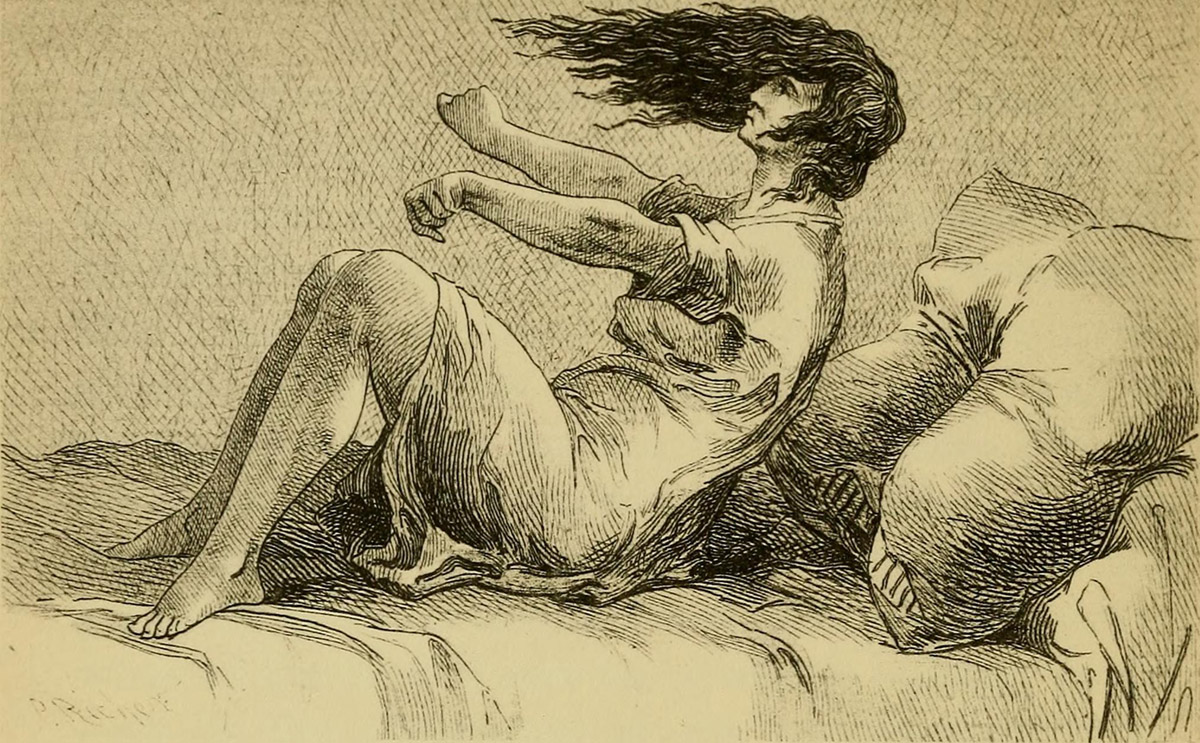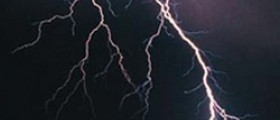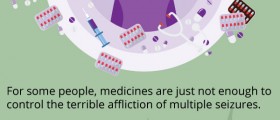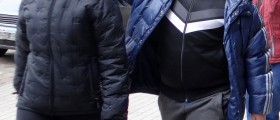
Febrile convulsions are a type of seizures which typically affect small children who are suffering from increased body temperature. An increase in body temperature is actually a trigger for convulsions. Febrile convulsions typically affect children between six months and six years of age. They occur in a form of tonic-clonic seizures and rarely develop as partial seizures.
This is not so common medical condition, affecting only 3% of small children.Febrile Convulsions and Trigger Factors
Any increase in body temperature may trigger febrile seizures. This is why any medical condition i.e. infection that is associated with high body temperature is capable of initiating febrile convulsions. Tonsillitis, urinary tract infections as well as normal developmental processes such as teething etc. are known to trigger this type of seizures.
It is essential to differentiate febrile convulsions from epilepsy. A child suffering from febrile convulsions does not actually suffer from epilepsy. However, such children are at higher risk of eventually ending up with epilepsy.Febrile Seizures Clinical Manifestation
Febrile seizures can occur in a form of simple febrile seizures and complex febrile seizures.
Simple febrile seizures affect 15 out of 20 children suffering from the condition. Such children are hot and flushed (the result of high body temperature). Their eyes seem rolled backwards and they appear dazed. They may even lose consciousness. The body is stiff and rigid and twitches in a rhythmic manner. Twitching does not last long, approximately several minutes. After the attack, the child feels exhausted and sleepy, and recovers completely once the elevated body temperature is brought under control. There is one more characteristic of simple febrile seizures. Namely, they do not reoccur within 24 hours after the initial attack and tend not to reoccur within the same febrile illness.
Complex febrile seizures are reported to affect 4 out of 20 children suffering from febrile convulsions. They are quite similar to simple febrile seizures except for the length of the attack and seizure recurrence. Complex febrile seizures last longer than 15 minutes. They are also recurrent and tend to develop again within 24 hours or during the entire course of the febrile illness. The affected child needs much more time to completely recuperate from the attack.
Finally, the worst case scenario is febrile status epilepticus. This is a severe condition that affects 1 out of 20 children suffering from febrile convulsions. In such children seizures last more than 30 minutes and may cause serious damage.

















Your thoughts on this
Loading...